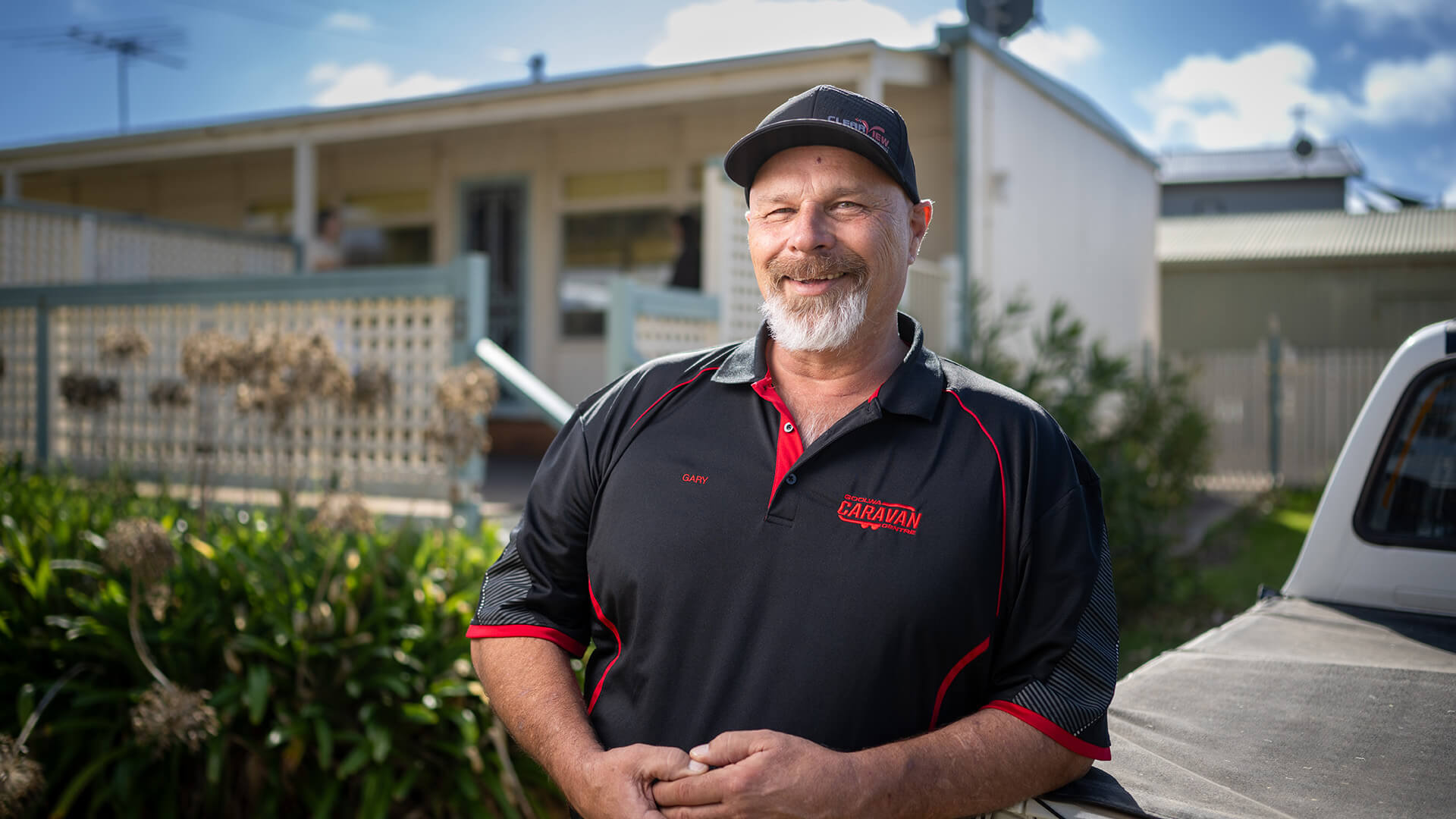How to structure a resume
Structuring your resume in a way that is logical and easy to understand can help guide the reader through the information in an engaging way.
Here are some tips on how to best structure your resume:
Put your best information at the top
Potential employers will skim the top third of your resume first, so make sure your most relevant and important information is up there. This will help grab their attention and keep them reading.
Critical information includes contact information, critical skills, and your career achievements and experience.
Keep it concise
Resumes should typically be one page long. To keep readers engaged, make sure you keep your information concise and to the point. You should include what is relevant to the specific job and try to leave out unnecessary details. Remember, less is more.
Use reverse chronological order
In most cases, the best way to order your experience is to place your most recent work experience first and work backwards. The same goes for your education and qualifications. This will ensure that the employer can see the most relevant information before anything else.
What does a good resume look like?
The appearance of your resume is important. It can help capture an employer's attention or put them off immediately.
Follow these tips for an eye-catching resume:
Use a simple format
You should use a simple format when writing your resume so that it will be easy to read. Keep the format simple, with plenty of white space between the different elements. Using a resume template can help keep things neat and presentable.
Use readable fonts
You should choose a font that is easy to read and clearly stands out from the background. The best fonts to use are sans serif fonts (fonts without the tails).
Some good font options to use for your resume include:
Use size 10-12 to ensure your text is easy to read at a glance.
Keep the layout consistent
You should aim to keep the design choices consistent throughout your resume. Make sure that you keep the style, size, and fonts of the different headings and sections the same to keep it looking balanced.
For example, if you make your ‘Work history’ section title bold and size 14 font, you should do the same for your other section headings.
Use a PDF format
To avoid any layout issues once your document is downloaded, it's recommended that you save your resume as a PDF. This will make sure that everyone seeing your resume will see it in the style and format that you intend.
How do you explain gaps in employment due to disability, injury, or health condition?
If you have any gaps in your employment history, you may need to prepare to give reasons as to why if the employer chooses to ask.
If you have any employment gaps due to a disability, injury, or health condition, here are some tips on how to address it to a potential employer:
- Focus on the positives of what you did during your employment gaps. If you did any study or volunteering, focus on the skills you learnt from those experiences and that you’re ready to apply them to your next opportunity.
- Show that you’re ready and eager to get back into the workforce. Showing off your enthusiasm in your resume and cover letter will reassure employers that you are job ready.
- Be honest, but keep it simple. You can tell the employer that the time was for health reasons, but don’t feel like you need to go into any personal details unless you feel comfortable to do so.
- Back up your readiness to work with documentation if necessary. This could include medical clearances from a health professional.
Should you mention your disability, injury, or health condition in your resume?
Unless it happens to be relevant to the job you are applying for, you don’t need to mention your disability, injury or health condition in your resume.
For example, if you are applying to work in a job where your experience living with disability, injury, or health condition is relevant, such as a disability centre or charity, mentioning it in your resume or cover letter might be a good idea.
In some cases, you may need to mention your disability, injury, or health condition and any accommodations you might need to a potential employer.
Doing so during a job interview can help you and your employer start your relationship on the right foot, and help you feel supported as you start your new role.
Australian employers are required to provide reasonable adjustments so you can do your job well and safely. They may be eligible for funding for some workplace adjustments.
Deciding if and how to disclose your disability can be a difficult decision. Talking to a professional, or your employment consultant can help you weigh up your options when choosing what’s right for you.
If you’re eligible for Inclusive Employment Australia, our team at APM would love to help you on your job hunt, including helping you write your resume and prepare for interviews.
How do you tell the hiring manager that you are living with a disability, injury, or health condition?
Unless your disability, injury, or health condition affects your ability to perform essential tasks of a job, you don’t need to mention it to the hiring manager.
Some people decide not to disclose their disability, injury or health condition to the hiring manager, preferring to focus on what they can offer to the role.
Employers are not legally allowed to discriminate based on disability. Unfortunately, many people living with a disability, injury or health condition still experience discrimination and unfair treatment during the job application process.
Others decide to disclose so that they can be upfront and honest with their employer from the start.
This may give them an opportunity to request accommodations and ask questions about the company’s attitudes towards disability.
If you feel that you have been unfairly treated during the recruitment process because of your disability, you can appeal to the Australian Human Rights Commission.
Is it harder to get a job if you have a disability, injury, or health condition?
According to the Australian Institute of Health and Welfare, 48% of working-age people with disability are employed, compared with 80% without disability.
People with disability may face a range of barriers when looking for work. If you are finding it difficult to find a job or stay employed, there is support is available.
More and more employers are realising the benefits of diversity in the workplace. There are employers out there who want to hire you for the unique skills and experience you have.






